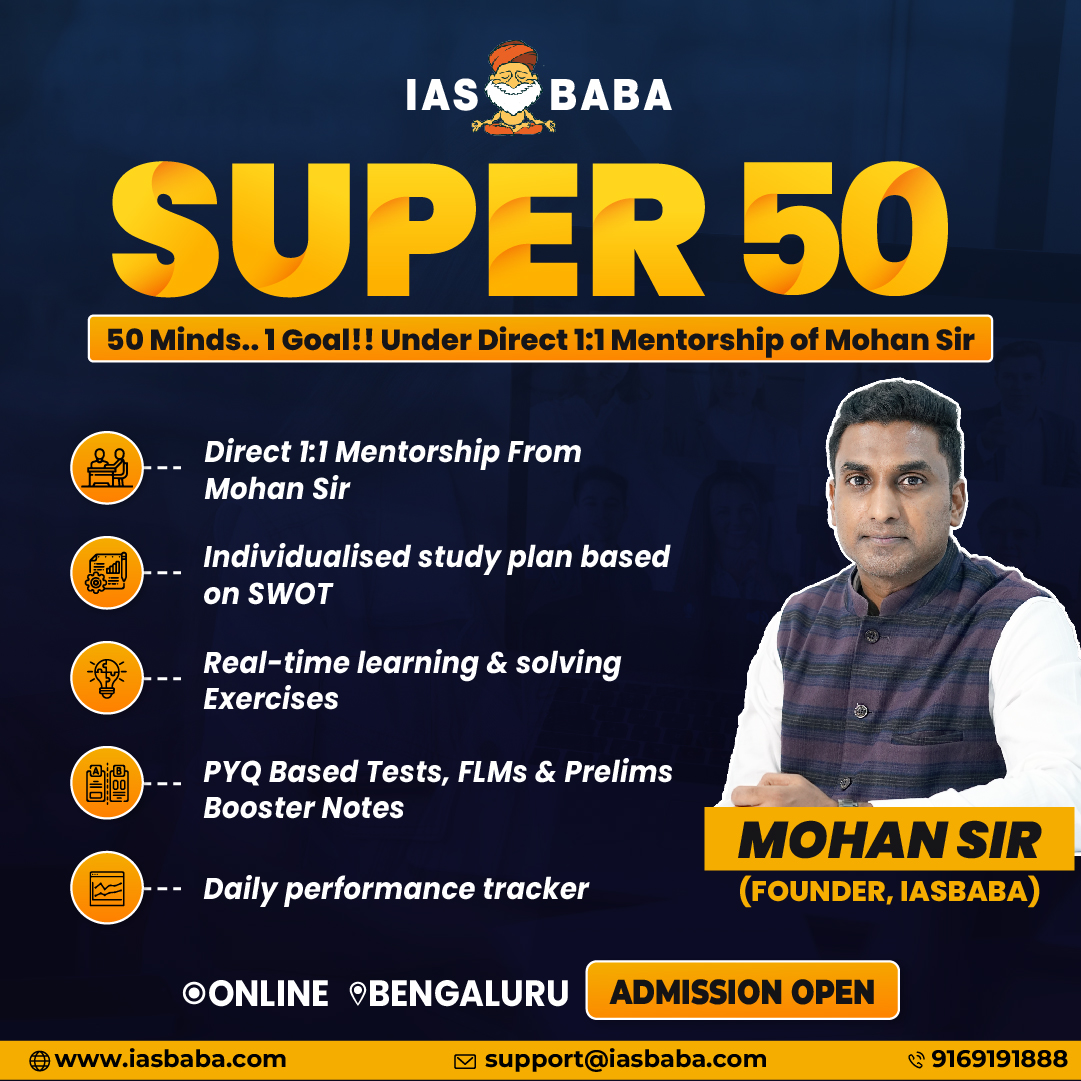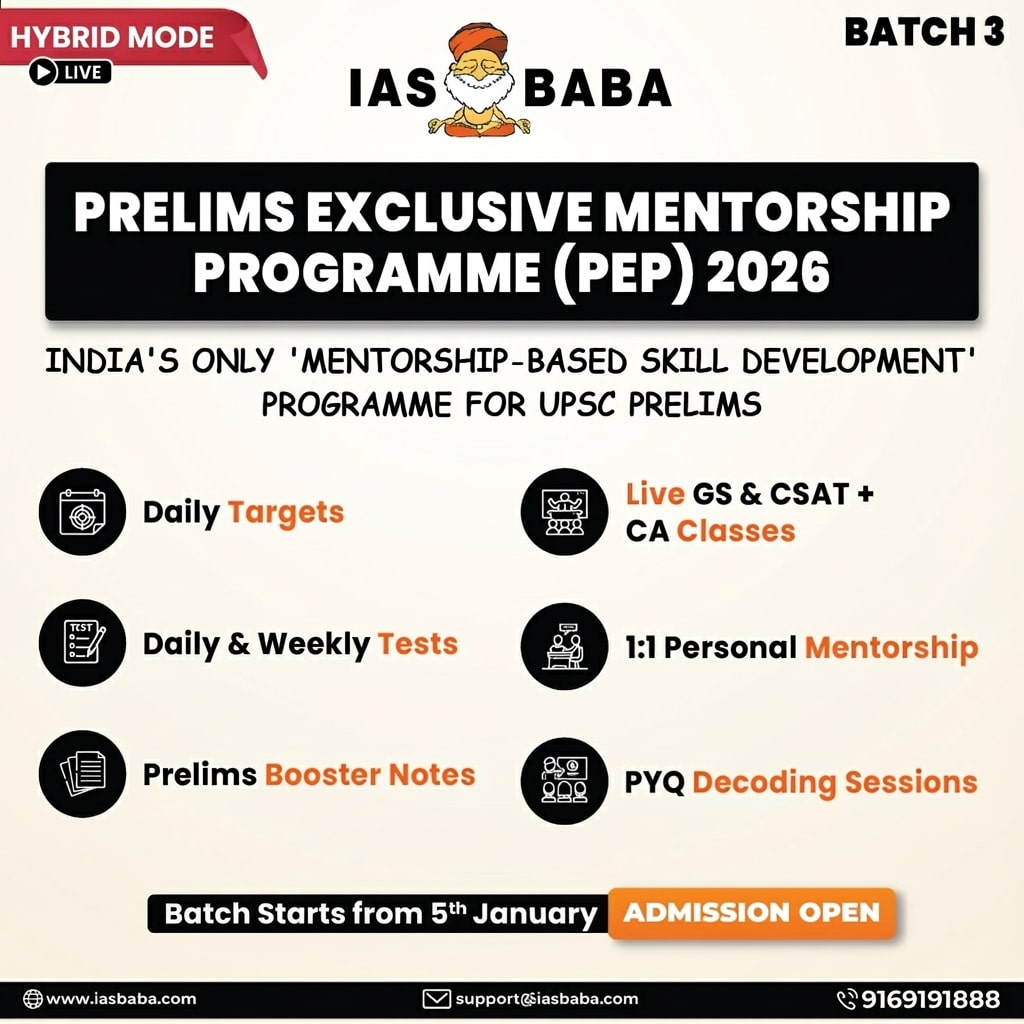Governance, TLP-UPSC Mains Answer Writing
Q. 1. In recent years, social media platforms have emerged as powerful informal pressure groups, shaping political discourse and influencing policy decisions in India. Examine their role and compare them with traditional formal pressure groups. (150 words, 10 marks)
Introduction
Pressure groups are organized entities influencing policy without contesting elections. Social media, as an informal pressure group, represents a decentralized “third sector” force that mobilizes public opinion and builds social capital to impact governance.
Body
Definitions
- Formal Pressure Groups: Structured organizations like unions or lobbies that influence government decisions. Example: Bharatiya Kisan Union during the farm laws protest.
- Informal Pressure Groups: Unstructured collectives that influence discourse through social movements or digital platforms. Example: Social media on Manipur violence brought national attention to the issue.
Role of social media as an informal pressure group
- Agenda setting: Social media brings overlooked issues into public debate. Example: Goa forest campaign led to public hearings.
- Mobilization: It gathers public support rapidly across regions. Example: Student protests online got exams postponed during COVID.
- Accountability tool: Posts often force swift action from authorities. Example: Complaint about broken roads led to repair by officials.
- Empowering voices: It amplifies the concerns of ignored groups. Example: Women shared harassment stories, prompting internal probes during Me Too movement.
- Policy pressure: Public outrage online can reshape official drafts. Example: Digital rules were softened after online criticism.
Comparison with traditional formal pressure groups
- Structure: Social media is loose and spontaneous, unlike formal, organized groups.
- Reach: It includes diverse voices, while formal groups focus on specific interests.
- Methods: Social media uses campaigns; formal groups prefer negotiation and petitions.
- Impact style: Social media uses fast pressure; formal groups work through dialogue.
Ill-effects of social media as a pressure group
- Spreads misinformation quickly and triggers mass panic. Example: Vaccine rumours online caused fear during COVID.
- Leads to short-lived outrage without long-term change. Example: Hathras outrage faded with no major outcome.
- Encourages mob justice and deepens polarisation. Example: Election-time hate campaigns increased social divide.
In this regard, IT Rules 2021 aim to regulate platforms, ensure responsibility, and offer grievance redressal.
Conclusion
Social media, if guided by ethical norms and digital literacy, can complement traditional pressure groups in strengthening democracy and policy responsiveness.














